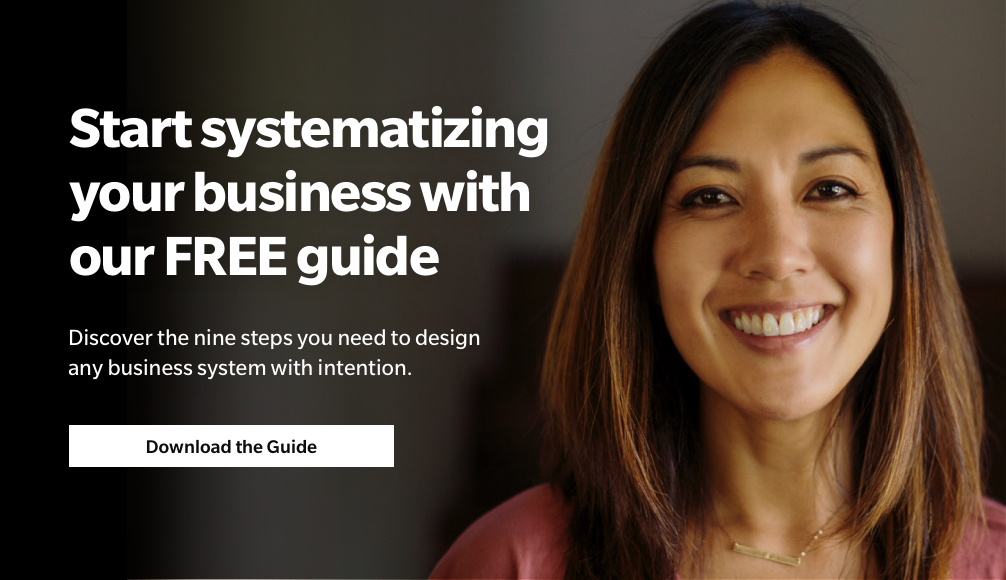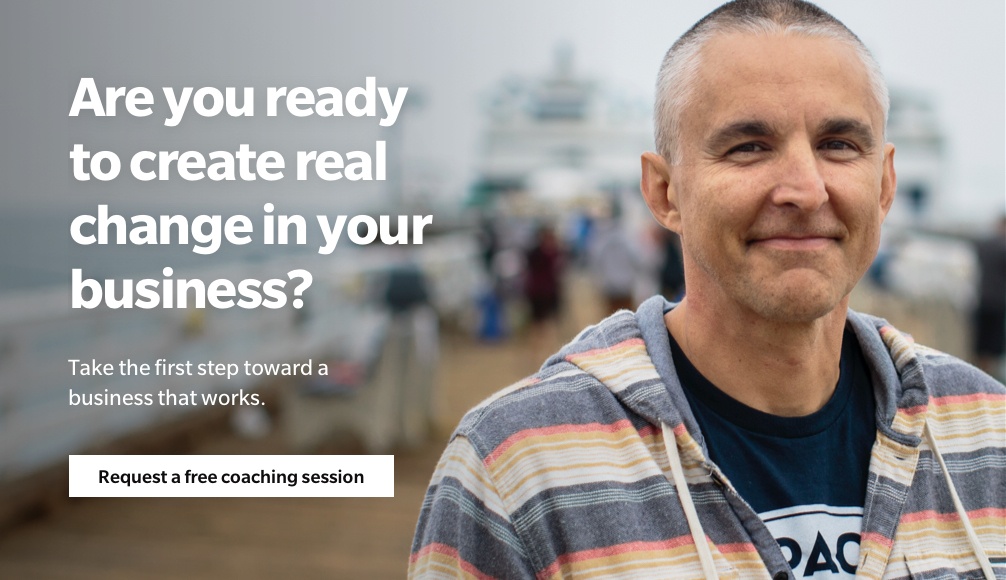Pretend you’re seeing your business for the first time. Now ask yourself what you’d be willing to pay for it if you were in the market to buy a company. What gives it value, and what’s missing that, if present, would convince you to pay more?
If you’ve never given much thought to what your company would be worth to someone else, you probably don’t look at your business as an asset. But that’s exactly what it is. As the owner, you’re already buying your business over and over again. You’re investing in it constantly, whether that investment’s being made with time, energy or money from your personal bank account. Now ask yourself this: Are you getting a return on your investment yet?
Don’t panic if the answer is no. When you're tied up in the day-to-day running of your business, you might not be thinking about its asset value as much as you're thinking about just keeping the doors open and having enough cash to pay your team and buy the inventory you need.
But your goal shouldn’t be just to get to the point where you’re generating enough revenue to end each month in the black or to finally cut yourself a paycheck. Your goal should be to continue building the value of your business as an asset because that’s what will produce a return on the investments you’ve made.
What does it mean to look at your business as an asset?
Thinking of your business as an asset will help guide your decision-making process in a way that adds long-term value to the company. Here’s another way to look at it: If you were renting a home and needed more space, you’d consider how you could maximize the existing square footage. You might set up a home office in the garage, but you wouldn’t hire an architect and a contractor to build a 500-square-foot addition to the house—if you did that, the asset you’d funded and built would belong to the homeowner, not to you.
But if you were the homeowner, you’d think of the problem differently. You’d weigh the cost of building an addition against the value it would add to the property. You should follow this same line of thinking as a business owner—does the time or money you’re about to spend build your asset, or does it drain it?
Think in future terms
If you were an accountant who’s owned your own firm for 40 years and now you’re ready to retire, but your business’s whole value rests on the relationship you’ve built with your clients, is that a business someone else will want to invest in? They won’t—you haven’t built an asset that has value to anyone but you. But if you frame your company as an asset 20 years before you want to retire, you can start adding tangible value to the business little by little—creating the systems and manuals that will allow a new owner to pick up right where you left off. If you don’t have 20 years ahead of you, try to be more aggressive with getting yourself out of the business and systematizing everything you currently do.
To practice reframing the way you think about your business—and consequently what you do in it—ask yourself these questions regularly: What did I do today to grow the value of my asset? Could I have used my time more judiciously?
Use your balance sheet to measure asset value
Mature businesses use their balance sheet to evaluate their asset value. Do you look at your balance sheet at least annually? If not, you should. It shows the relationship between your assets and liabilities, producing a snapshot of your general financial condition at a single point in time. Even if you’re not ready for a balance sheet today, you should be thinking in those terms—what assets do you have that add to the business’s value? What liabilities reduce that value? The decisions that you make about your business will be reflected on your balance sheet—so how can you take control of that?
No matter how far along you are in your journey as a business owner, it’s never too early to start thinking of your business as an asset, something that has real value on the market just like your products or services do. This shift in thinking can be hard to achieve without an outside perspective. If you’re curious about having the guidance of a mentor, reach out to us.





Comments